Ticino dishes up a record
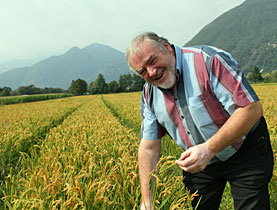
It may come as a surprise that Switzerland produces rice – admittedly not a lot on the world scale, but enough to make it a popular niche product with connoisseurs.
At only 198 metres above sea level, the delta of the River Maggia in the area around Ascona and Locarno is the lowest area in Switzerland.
But that is not the only record held by this sandy-loamy wet land on the shores of Lake Maggiore. Since 1997 it has been used for rice cultivation, the only rice growing area in Switzerland.
It is often said to be the “northernmost rice field in the world”.
But Renato Altrocchi, director of the Terreni alla Maggia farm enterprise, where the rice is grown, admits this isn’t quite true. “There are a few rice fields in Hungary which are further north,” he told swissinfo.ch.
Altrocchi, a native of canton Ticino, is the driving force behind the rice cultivation. Now aged 62, he qualified as an agronomist at the Federal Institute of Technology in Zurich.
Loto for risotto
Altrocchi first had the idea for growing rice several years ago when the prices for maize, grain and soya collapsed. The Terreni alla Maggia had to look around for alternatives.
“Rice cultivation seemed to me to be a possible solution,“ he recalls. But he had to proceed cautiously, for similar attempts in the first half of the 20th century had all failed.
It was very important to find the correct strain able to give a good yield in the geological and geographical conditions so far north of the tropics.
Altrocchi experimented with different types: Baldo, Loto, Pegaso, Savio and Selenio. But it was soon clear that Loto was the one most suited to commercial cultivation in the Maggia delta. This is the type that today accounts for 90 per cent of the rice grown in this area.
It is a rice with a long, convex grain, suitable for risotto.
“This rice is in keeping with our traditions, since every Ticinese family [i.e. from the Italian-speaking area of Switzerland] makes risotto once or twice a week,” Altrocchi said.
The area planted to rice is constantly being expanded. When they started in 1997, a mere two hectares were given over to it. Today it is 80.
Home and away
Since rice is susceptible to disease, it has to be treated with fungicides. It needs at least two applications, unlike native grains such as barley or rye, which need only be treated once.
On the other hand, it is no more demanding than these as far as herbicides are concerned.
Harvesting usually takes place around the second week in October, but after a long, warm summer, such as 2009, it started earlier, in the last week of September.
The crop is harvested by machine, and then dehusked at the enterprise. But further processing takes place in the rice mills in Taverne, in canton Ticino, and Brunnen in canton Schwyz in central Switzerland.
The rice is sold in local stores under the name “Riso Nostrano Ticinese” in one kilogram packages. It is somewhat more expensive than ordinary rice, but there is little price difference with high-quality Italian rice.
Although private customers appreciate it, it has yet to be taken up by the restaurant industry, where the preference is still for varieties like Carnaroli or Aborio, which absorb liquid better.
Three-quarters of the yield is sold in Ticino, and in principle the rest goes to the German-speaking areas of Switzerland.
But Altrocchi heard recently that Ticino rice was on sale in the upmarket Harrods store in London. How it got there, he does not know.
Gerhard Lob in Ascona, swissinfo.ch (Translated from German by Julia Slater)
Rice is one of the world’s most important cereal grains.
The rice grown all over the world today originates from species native to South Asia and parts of Africa.
According to the UN Food and Agriculture Organisation, a total of 651.7 million tonnes were harvested in 2007.
It is the main food crop for more than half of the world’s population.
It is said to provide more than one fifth of the calories consumed by humans worldwide.
The Swiss consume about 5.5 kg of rice per head per year. They consume eight times more potatoes and twice as much pasta.
While in many parts of the world rice is grown in flooded paddy fields, in Ticino the fields are dry.
The plants look like any other type of cereal.
However, the fields need to be watered artificially. They receive between 300 and 500mm of water over the ripening season.
By contrast, rice grown in Italy’s Po valley received between 1500 and 3000 mm.

In compliance with the JTI standards
More: SWI swissinfo.ch certified by the Journalism Trust Initiative
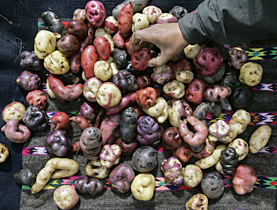
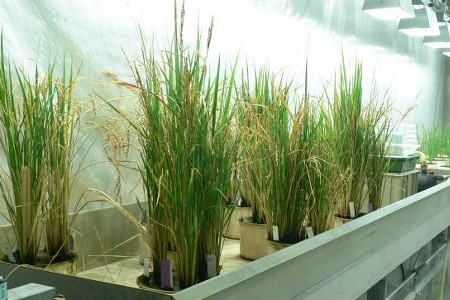
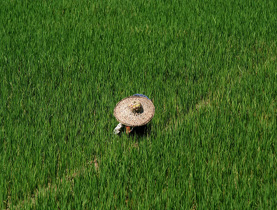
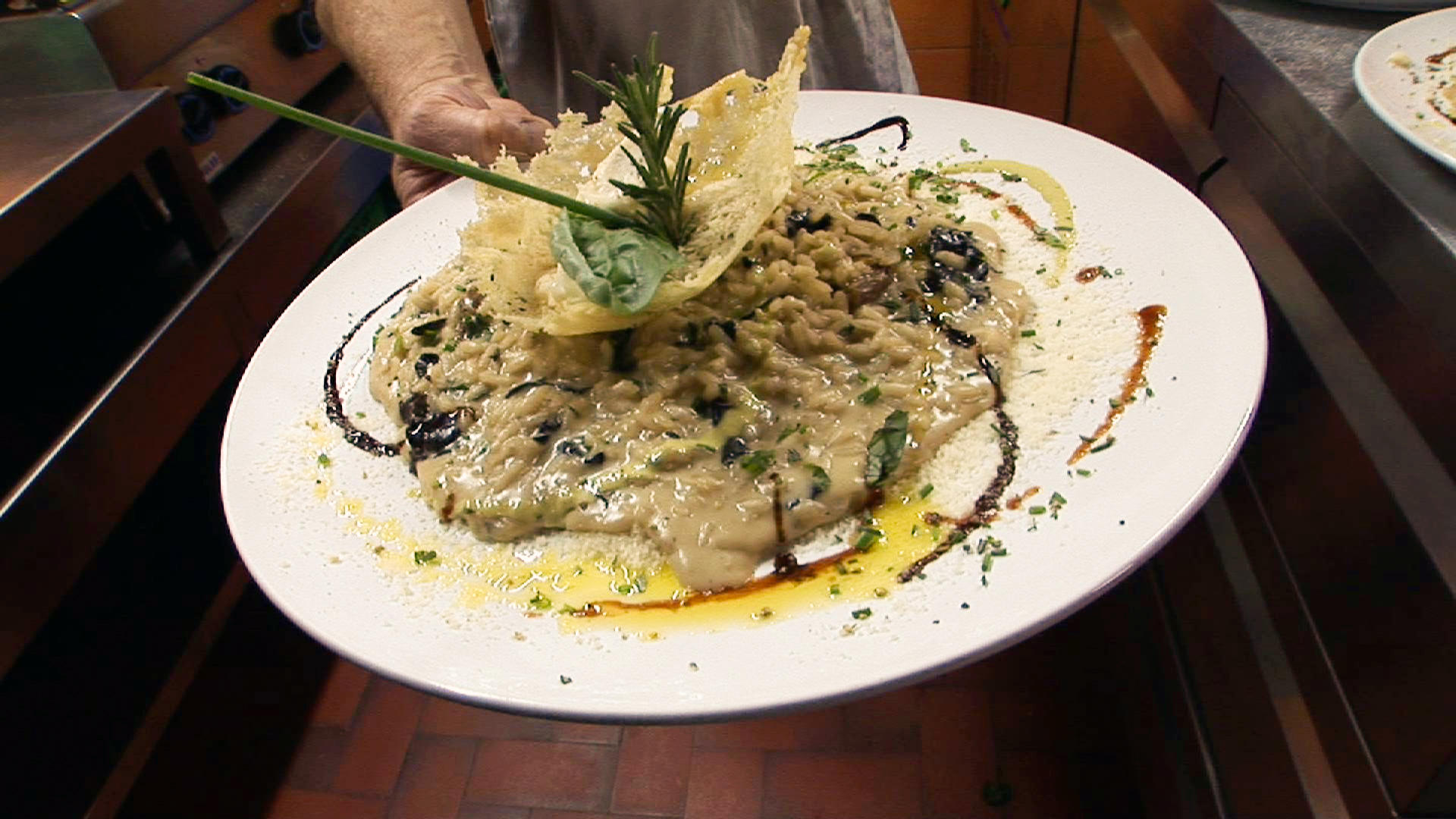
You can find an overview of ongoing debates with our journalists here. Please join us!
If you want to start a conversation about a topic raised in this article or want to report factual errors, email us at english@swissinfo.ch.